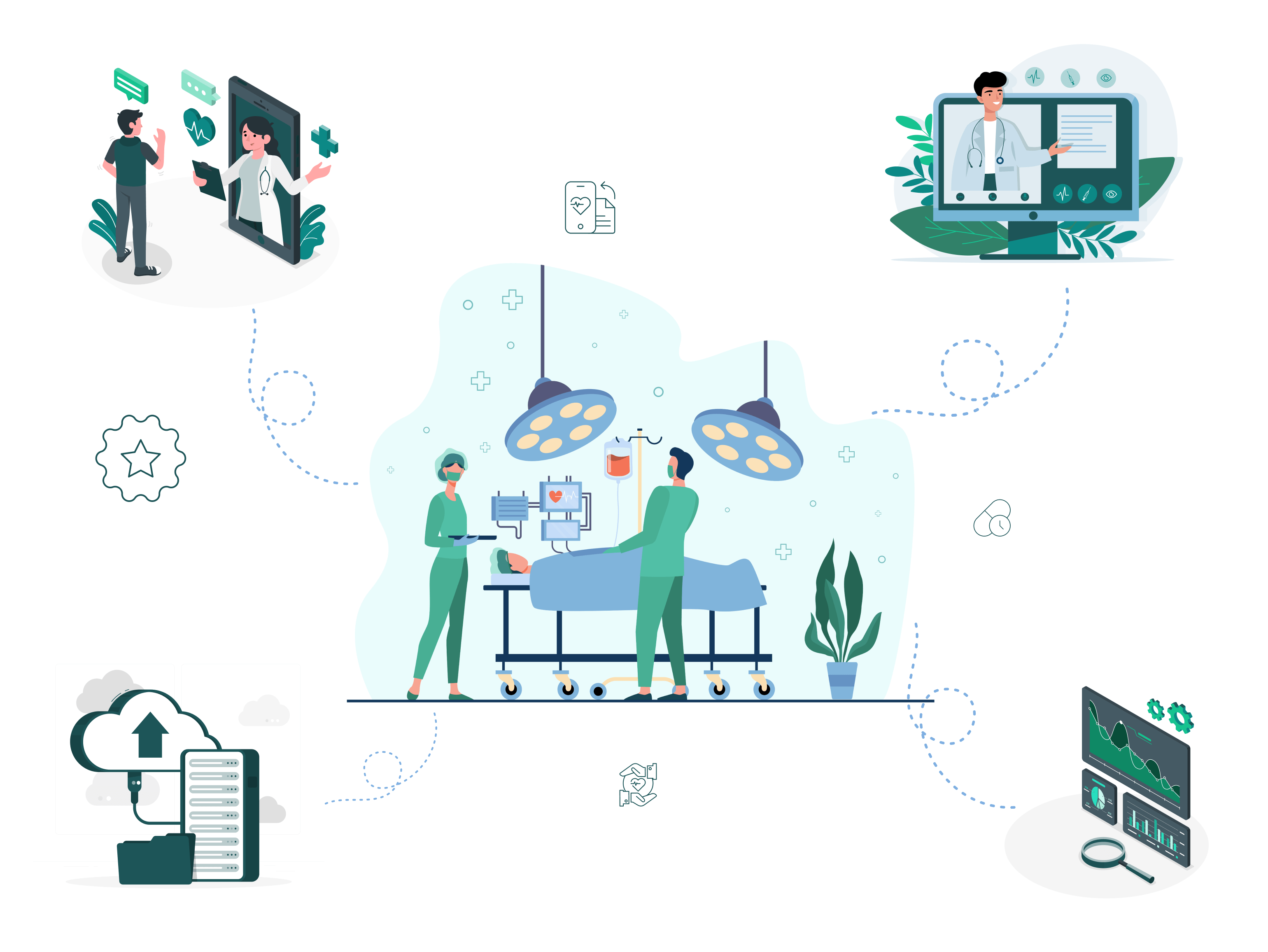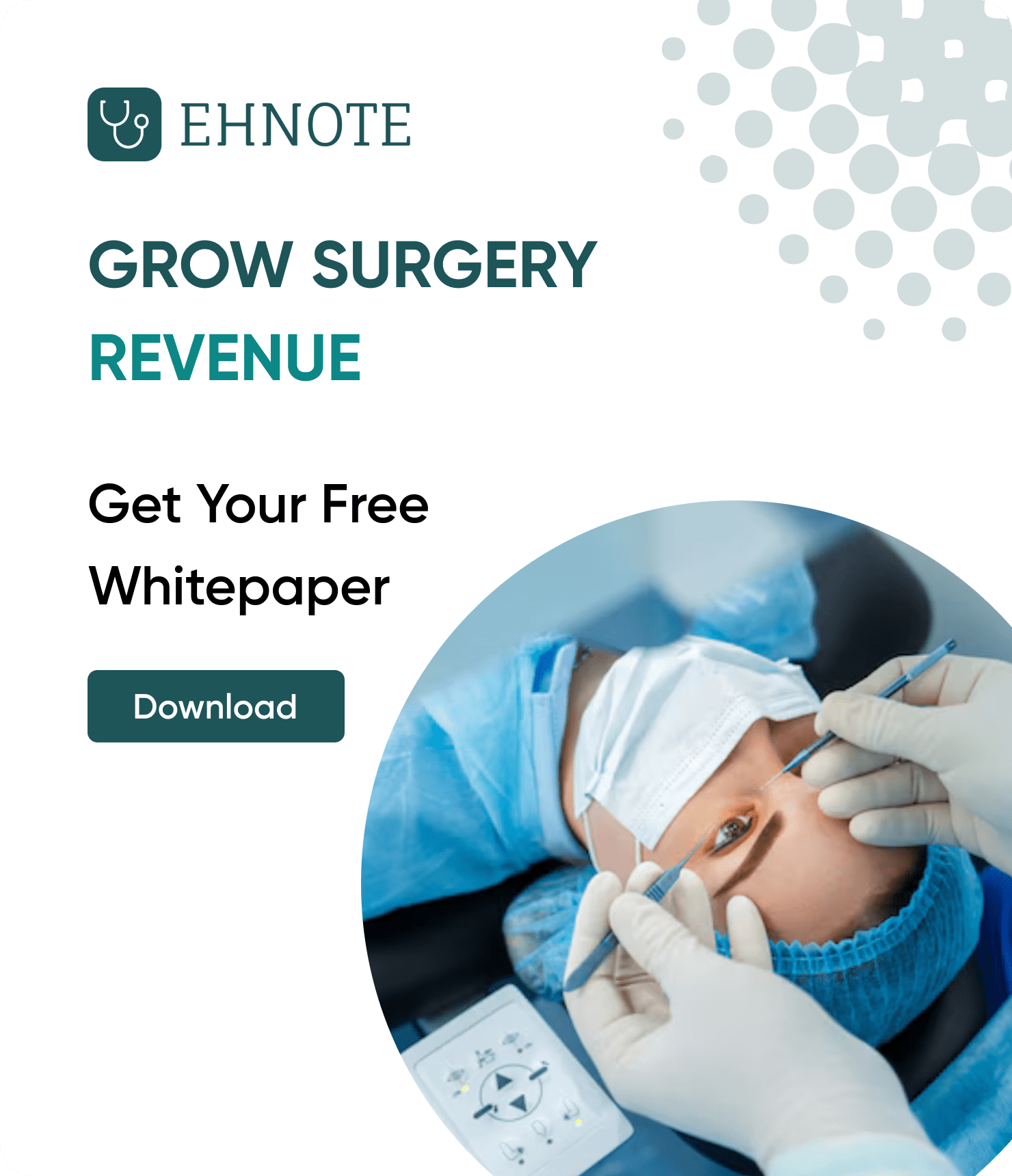Elizabeth Yeu, MD’s Successful Triple Procedure Key Highlights: ASCRS 2024

During the recent annual conference of ASCRS in Boston, Dr. Elizabeth Yeu shared groundbreaking insights into the triple procedure, showcasing its transformative impact on patients with corneal edema. The triple procedure combines cataract extraction with PCIOL and human corneal endothelial cell transplantation, offering hope to individuals with visually significant cataracts and corneal disease.
Dr. Yeu's case report highlighted a remarkable success story of an 85-year-old patient with a dense cataract and thickened cornea. Traditional treatment options would have necessitated separate surgeries, prolonged recovery and increasing the risk of complications. However, the triple procedure offered an innovative solution, addressing both issues simultaneously.The procedure involved phacoemulsification and injection of human corneal endothelial cells with a proprietary ROCK inhibitor.
Within two months, the patient experienced a significant reduction in corneal thickness, accompanied by gradual improvement in vision. By postoperative month six, the patient achieved 20/25 vision with a clear cornea from limbus to limbus. What sets the triple procedure apart is its ability to achieve full corneal clarity, unlike traditional allograft procedures that focus on central clearing. This comprehensive approach offers life-altering results, restoring vision and improving quality of life for patients worldwide.
A notable aspect of this entire process was the availability of information that facilitated quicker decision-making for Dr. Yeu. The success of this surgery underscores the significance of prompt access to the patient’s complete information, enabling a thorough understanding of the patient’s clinical condition.
This leads us to ponder how modern technologies, particularly Electronic Health Records (EHRs) in Ophthalmology, can further enhance surgical procedures like the triple procedure.
In the realm of eye care, quick access to comprehensive patient data is paramount. It ensures continuity of care, aids in making informed decisions, and ultimately enhances patient outcomes. With the introduction of Ophthalmology EHR systems, clinicians can seamlessly access vital patient information, streamline documentation processes, and track surgical outcomes in real time.
When eye care providers are armed with a robust Ophthalmology EHR system, they can effortlessly retrieve detailed patient histories, review diagnostic test results, and track postoperative progress—all from a centralized platform. This streamlined approach not only expedites decision-making but also enhances the overall efficiency of the surgical workflow.
Moreover, eye care EHR systems offer invaluable insights into patient outcomes, allowing clinicians to monitor trends, identify areas for improvement, and refine treatment protocols. By harnessing the power of data analytics, healthcare providers can drive continuous improvement in surgical techniques, optimize resource allocation, and deliver personalized care to every patient.
One more significant aspect of EHR data is that, while having access to data is crucial, it is equally important that the information is presented in a format that adds value to patient care. Today's Ophthalmology EHRs go beyond storing data—they provide a comprehensive, unified profile of each patient's clinical journey. Integrating office visit data with ASC records, these systems offer a panoramic view of the patient's healthcare process, from encounter to diagnosis, testing, planning for surgery, and beyond.
Physicians can review a patient's entire case history at once, including previous problems, medical history, examinations, visual acuity test records, changes in prescription, examination details, diagnostic eye images, medication history, consumption frequencies, and patterns – all of it in one consolidated profile with a side-by-side view. This holistic view enables care providers to track improvements in vision, identify potential complications, and make well-informed decisions at the point of care.
Furthermore, EHRs utilize patient information to generate graphical representations of key metrics such as intraocular pressure (IOP), visual acuity (VA), cup-to-disc ratio (CDR), and refraction. Visual acuity reports before and after surgery, along with population analytics based on age, diseases, and geographies, provide valuable insights for optimizing patient care and minimizing surgical risks.
Active patient engagement is another crucial aspect facilitated by EMRs. Patients who actively participate in their care journey are often more satisfied, better informed, and have a deeper understanding of their treatment options. EMRs empower patients by providing access to their medical information, fostering collaboration between patients and healthcare providers, and promoting shared decision-making.
In essence, the utilization of today's technological innovations, such as Ophthalmology EMRs, emerges as a pivotal factor in safeguarding patients from vision loss. The strategic and optimal utilization of such solutions not only enhances the capabilities of eye care providers but also empowers them with the proficiency to achieve greater outcomes.
Watch Dr. Elizabeth Yeu’s full interview HERE
